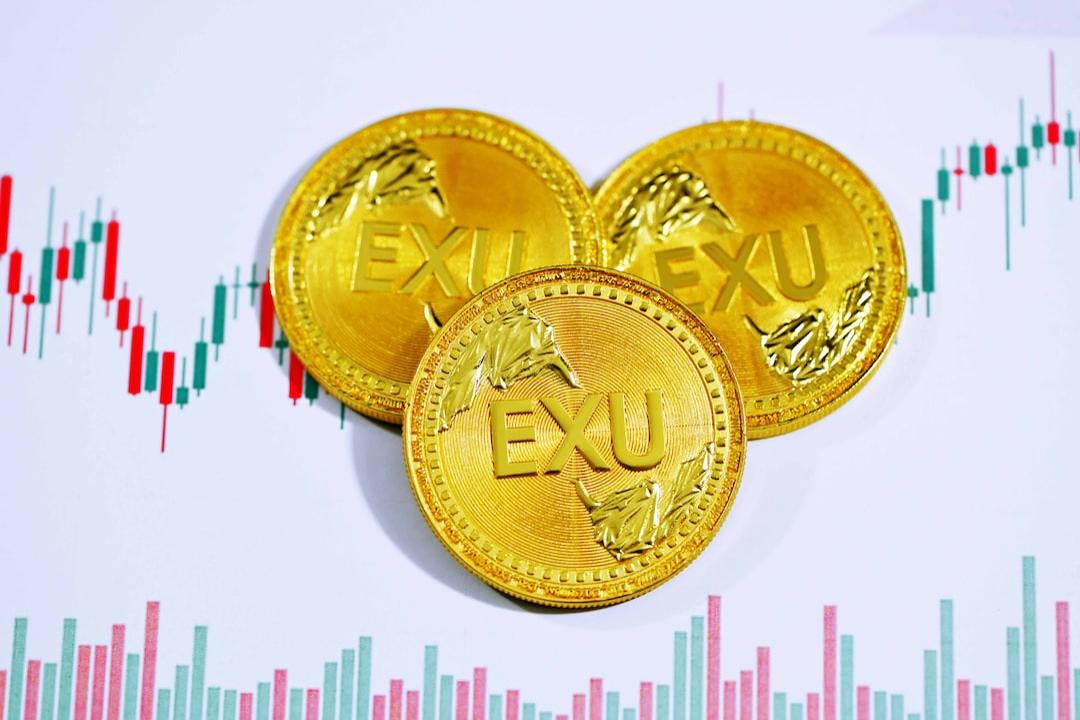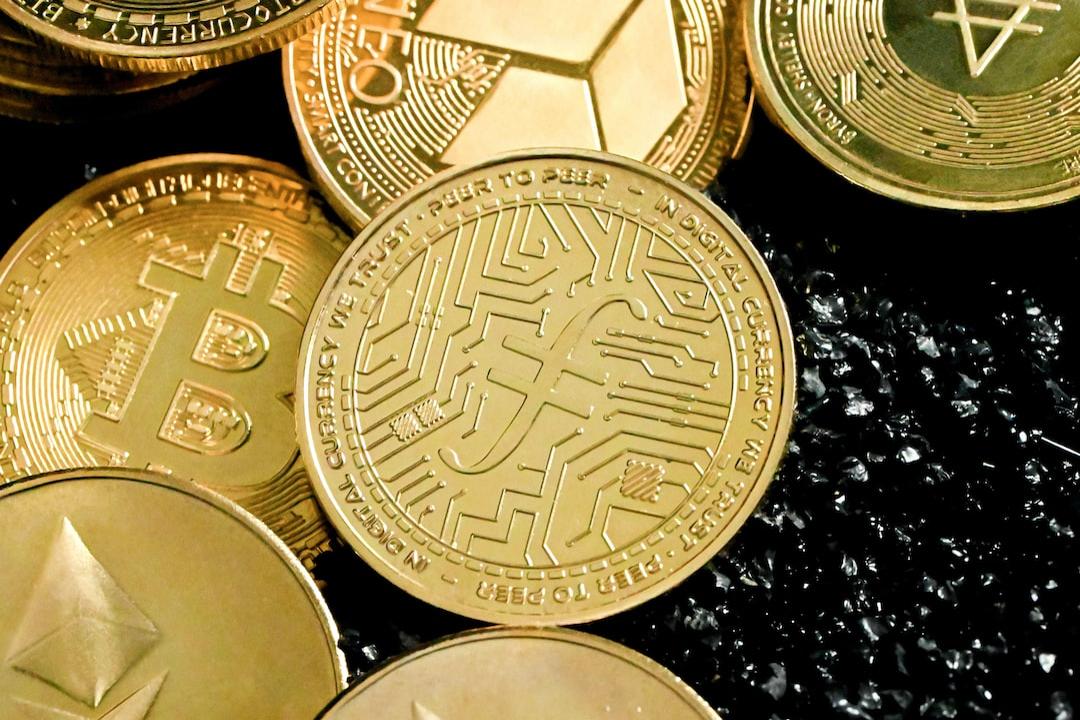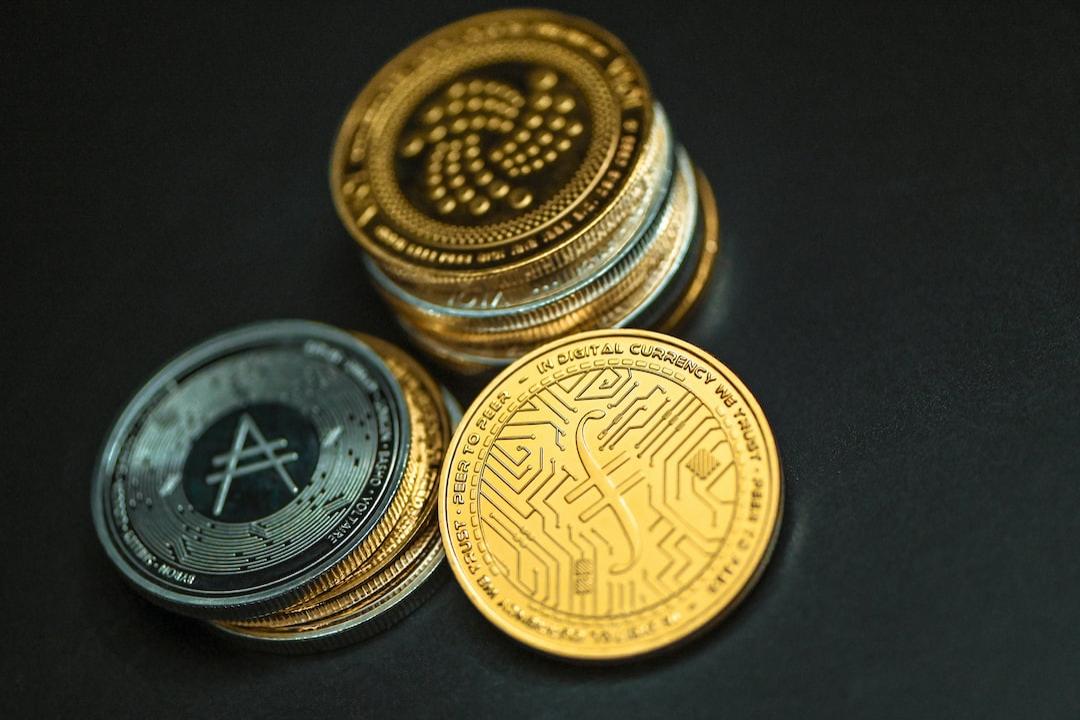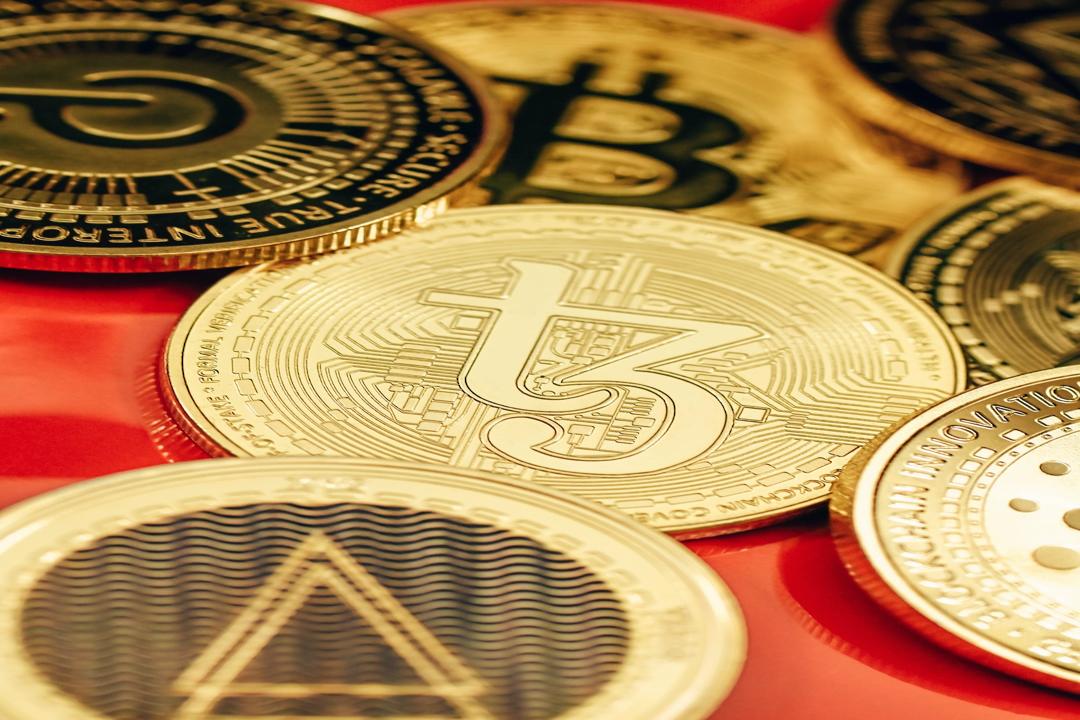Pi Network’s Native Token (PI) Sees Sharp Rally, Gaining 68.12% in Three Days
Pi Network’s native token (PI) rallied sharply over the past three days, gaining 68.12% between May 8 and May 11, 2025. The token surged from around $0.59 to $0.9883 during this stretch, based on data from the PIUSDT daily chart on TradingView. The spike marks the first time PI has approached the $1 mark since early March.
The trading volume also increased significantly. Daily candles from May 9 to May 11 show growing bullish momentum, with the May 10 volume reaching a multi-week high. The token broke past key resistance zones near $0.6761 and $0.80, confirming a clean upward trend. The 50-day moving average, which hovered around $0.60, was decisively flipped into support.


According to CoinGecko, PI ranked as the top gainer among the 100 largest altcoins by market capitalization as of May 11. The move came after months of sideways action, where the token traded in a narrow range between $0.50 and $0.65. In early April, PI had touched an all-time low of $0.40 following large token unlocks and investor uncertainty.

Pi Rebounds from All-Time Low of $0.40
In early April 2025, Pi Network’s token (PI) dropped to as low as $0.40, reflecting sustained selling pressure triggered by major token unlocks and broader market skepticism. The 4-hour chart from TradingView shows a steep downtrend that extended from late March into the first week of April. This decline pulled PI below its 50-period exponential moving average (EMA), which continued acting as dynamic resistance for most of the month.

Following the $0.40 low, PI attempted short-term recoveries but failed to break above the EMA, indicating a lack of bullish momentum. The price consolidated in a tight range between $0.50 and $0.60 from mid-April through early May. During this phase, trading volume remained relatively flat, signaling reduced investor participation.
The structure changed on May 8, when a strong bullish candle formed, accompanied by a sharp rise in volume. By May 9, PI closed above the 50 EMA at $0.6763 and reclaimed $0.60 with a daily gain exceeding 20%. This breakout confirmed a reversal of trend and flipped the moving average into a support zone. It also marked the beginning of a multi-day rally that pushed PI toward the $1 level.
The rally did not slow down. On May 11, PI briefly jumped by 35% and touched $1. On a weekly basis, the token is up by approximately 64%. Traders on X and Telegram flagged the move as one of the most significant altcoin breakouts this month.
Speculation Points to Binance Listing or Conference Hype
There is no confirmed news to explain the sudden surge. However, two key events may have contributed to the price momentum. First, the Pi Network team is expected to make a major announcement on May 14. Speculation online points to a possible listing on a major exchange, potentially Binance.
Second, co-founder Dr. Nicolas Kokkalisis is scheduled to speak at the Consensus 2025 conference in Toronto from May 14 to 16. Market participants believe the event could increase attention toward Pi Network and its development plans.
Meanwhile, analyst Moon Jeff reported that several unidentified wallets—allegedly including payment platform BANXA—have been accumulating PI tokens. He shared this information with his followers on X, suggesting that rising demand from unknown entities could be driving the price higher. However, no official confirmation has backed his claims.

Despite the rally, PI remains in an enclosed mainnet phase. The token has yet to launch on public blockchains or major centralized exchanges. As of now, most trades occur off-chain, and the circulating supply is not fully accessible.
Pi Network Nears $1: How to Buy and Sell Pi Coins Explained
How to Buy Pi Coin (PI)
Step 1: Choose a Supported Exchange
To buy Pi Coin, first select an exchange where it is listed. As of May 2025, PI is available on several centralized platforms including OKX, MEXC, BitMart, Bitget, KuCoin, and Bybit. These exchanges support trading pairs such as PI/USDT, PI/ETH, and PI/BTC.
Step 2: Register and Complete KYC
Create an account on your chosen platform. Most exchanges require users to complete a Know Your Customer (KYC) process. You’ll need to upload identification documents and verify your identity before accessing full trading features.
Step 3: Deposit Funds
After registration, deposit funds into your exchange account. Most platforms support bank transfers, card payments, and crypto deposits. Once your account is funded, you’re ready to place an order.
Step 4: Find Pi Coin and Trade
Use the search bar on the trading platform to find “PI” or “Pi Coin.” Choose the relevant trading pair (for example, PI/USDT). Then, select the type of order—market order for instant execution at the current price or limit order to set your desired buy price.
Step 5: Secure Your Tokens
After purchasing PI, consider transferring your tokens to a personal crypto wallet for better security. Enable two-factor authentication (2FA) on your account to reduce the risk of unauthorized access.
How to Sell Pi Coin (PI)
Step 1: Complete Mainnet Migration and KYC
Before selling, make sure your PI tokens are on the Mainnet. Use the Pi Browser app to create a Pi Wallet and complete KYC verification. Only users with verified Mainnet wallets can transfer PI to exchanges.
Step 2: Create an Exchange Account
Choose a reputable exchange that supports PI and sign up. Complete the KYC process if required. Avoid platforms not officially acknowledged by the Pi Network community, as they may pose risks to users.
Step 3: Transfer Pi Coins to the Exchange
Move your Mainnet Pi tokens from your wallet to your exchange account. Always double-check wallet addresses before confirming the transaction.
Step 4: Place a Sell Order
On the trading platform, search for the Pi trading pair you prefer (e.g., PI/USDT or PI/BTC).
Step 5: Withdraw or Swap Funds
Once the sell order is filled, your balance will update in the selected currency—usually USDT or another crypto. You can now:
